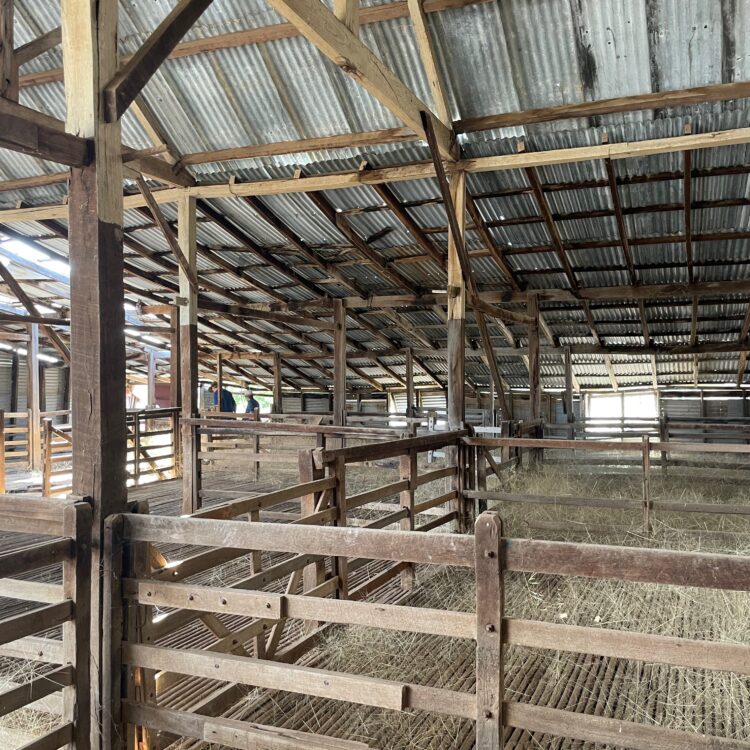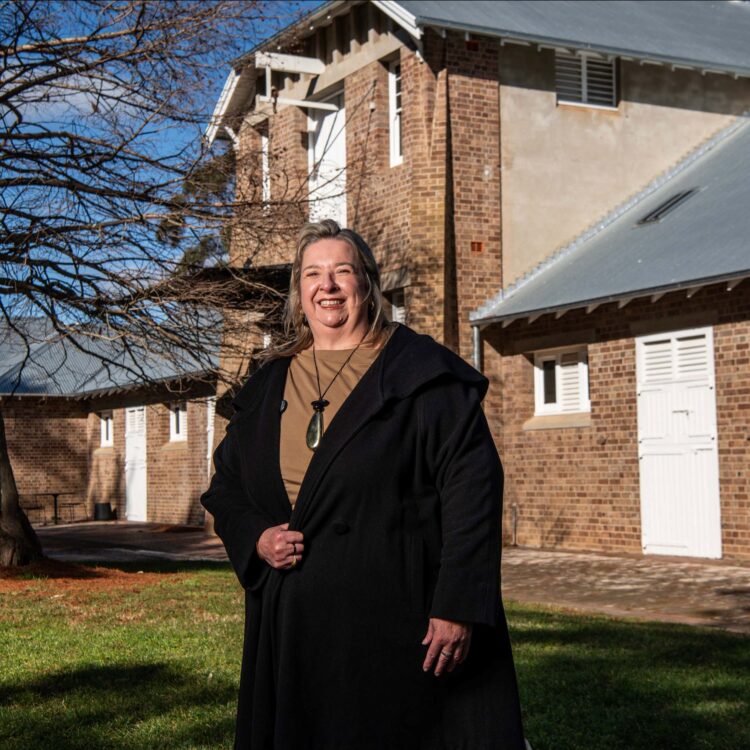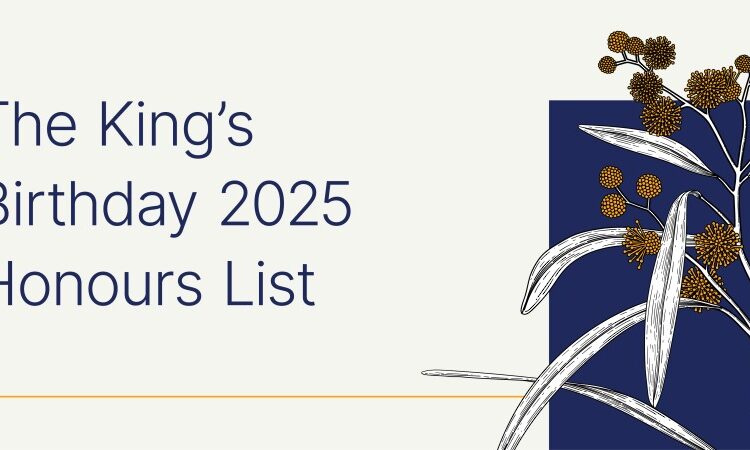Message from Brett Adlington, CEO, Museums & Galleries of NSW
The past few weeks have been devastating for so many people across NSW and Queensland. Homes and businesses have been devastated, and lives have been lost. For Lismore, there is a long journey ahead to start the rebuilding process.
Museums & Galleries of NSW have received so many messages of support, offers of assistance, and also enquiries on the state of the collections of impacted institutions.
I thought it was timely to provide an update on the situation, direct people to ways they can support, and also provide some links and resources to those needing assistance.
Given the widespread nature of this event, there was an expectation many museums, galleries and Aboriginal cultural centres across the Northern Rivers would be impacted. The M&G NSW team reached out across the region to assess the situation. We were heartened to hear that most facilities escaped major inundation.
As you would have likely seen in the media, the situation in Lismore was very different. As I know Lismore well, I can attest that it is a town that knows how to manage flooding. The whole town, including the Museum and the Gallery, carried out their flood plans efficiently. However, what transpired on the night of the 27th February, and into the hours of the next morning, was beyond anyone’s expectations. The resulting flood peak was 2 metres higher than Lismore’s highest recorded flood, meaning everybody’s flood plans were effectively meaningless.
Once these impacts were better known, M&G NSW started working closely with Create NSW to start a disaster response for Lismore Regional Gallery and Lismore Regional Museum.
With the expert support of International Conservation Services, by Friday 4th March we had two conservators on the ground working with the gallery and the museum to begin the process of retrieval. The Museum was incredibly lucky, with only their ground level being inundated, but the flood was still high enough to submerge historic items stored in 2 plan draws, as well as some recent donations of film and video. The Gallery had its entire upper level inundated, meaning the permanent collection store and exhibitions on display were impacted.
Thanks to the incredible assistance of International Art Services, by Wednesday 10 March, all items from the museum and the gallery were removed to cold storage for further assessment. While there will be some losses from the gallery collection, there will also certainly be works saved. Further information about this will be known in due course. In the meantime, I strongly encourage people to support the recovery efforts of Lismore Regional Gallery by making a tax-deductible donation. Details are provided below.
I’d like to acknowledge the support of Minister for the Arts, Hon. Ben Franklin MLC through this process. The Minister toured the Gallery and the Museum on Friday 4th March and was obviously affected by what he saw.
While this event had a devastating impact on cultural collections, and we hope that it isn’t repeated soon, it will be used as a way to guide us into the future in strengthening our emergency response across the state. We will be looking to work with the major cultural institutions in developing protocols across the sector, so that when faced by ever-increasing natural disasters, the small to medium sector will know where to seek assistance.
Museums & Galleries of NSW will continue to share information about this recent crisis, including any upcoming funding announcements by Create NSW for organisations and cultural practitioners, alongside other funding opportunities. Our Small Grants Program has been extended to Sunday 24th April, and will prioritise flood affected organisations.
CONSERVATION ASSISTANCE
Museums & Galleries NSW is also working with the Australian Institute for the Conservation of Cultural Material (AICCM), the professional body for conservation, to support conservation needs for the sector and individuals.
Individuals (personal keepsakes, family archives, art works etc)
- Go to the AICCM website for simple steps you can take to start salvaging things yourself – but please remember to always put your own safety first https://aiccm.org.au/disaster/flood/
- For free phone advice (business hours), call the one of the State Cultural Institutions (Art Gallery of NSW, State Library of NSW, Sydney Living Museums, Powerhouse Museum, Australian Museum) and ask to speak to the Conservation department. Choose one likely to have the right expertise (e.g. the Library for papers and photographs). They might refer you to another organisation if they have more relevant experience to answer your question. (Please note that some State organisations will also be responding to the floods and may not be in a position to respond).
- For onsite assistance, contact a AICCM conservators in private practice. Private conservators can also provide quotes for treatments to clean and repair damaged items, for insurance claims. https://aiccm.org.au/find-a-conservator/
Public Collections (small museums, archives, keeping places, historical societies, galleries etc)
As above, but AICCM also has a limited number of $1,000 grants for conservators to help triage, salvage and document small public collections.
- To access this support, connect with a conservator working in private practice. AICCM professional member listings are a good place to start, or you might find one through your local network or professional association. They’ll need to be a member of AICCM and have their own insurance.
https://aiccm.org.au/find-a-conservator/ - The conservator will apply to AICCM for the grant to help them assist you – this can cover the cost of their labour, as well as covering expenses such as travel, accommodation and the purchase of salvage materials.
Thanks again for your messages of support. Please do not hesitate to reach out if you need some specific assistance.
Best wishes,
Brett Adlington
CEO, Museums & Galleries of NSW
Donate
Help fund the recovery of Lismore Regional Gallery
Flood and Water Damage
A collection of resources that deal with the process of salvaging water damaged collections for museums and galleries.
Small Grants
Extended to 24 April 2022, priority will be given flood affected organisations. Up to $2,000 for short-term, collection-based projects. There are no set categories for funding and applications for a broad range of projects will be considered.
Special Newsletter for Richmond River Historical Society Members: March 2022, Flood news. Courtesy of Richmond River Historical Society





